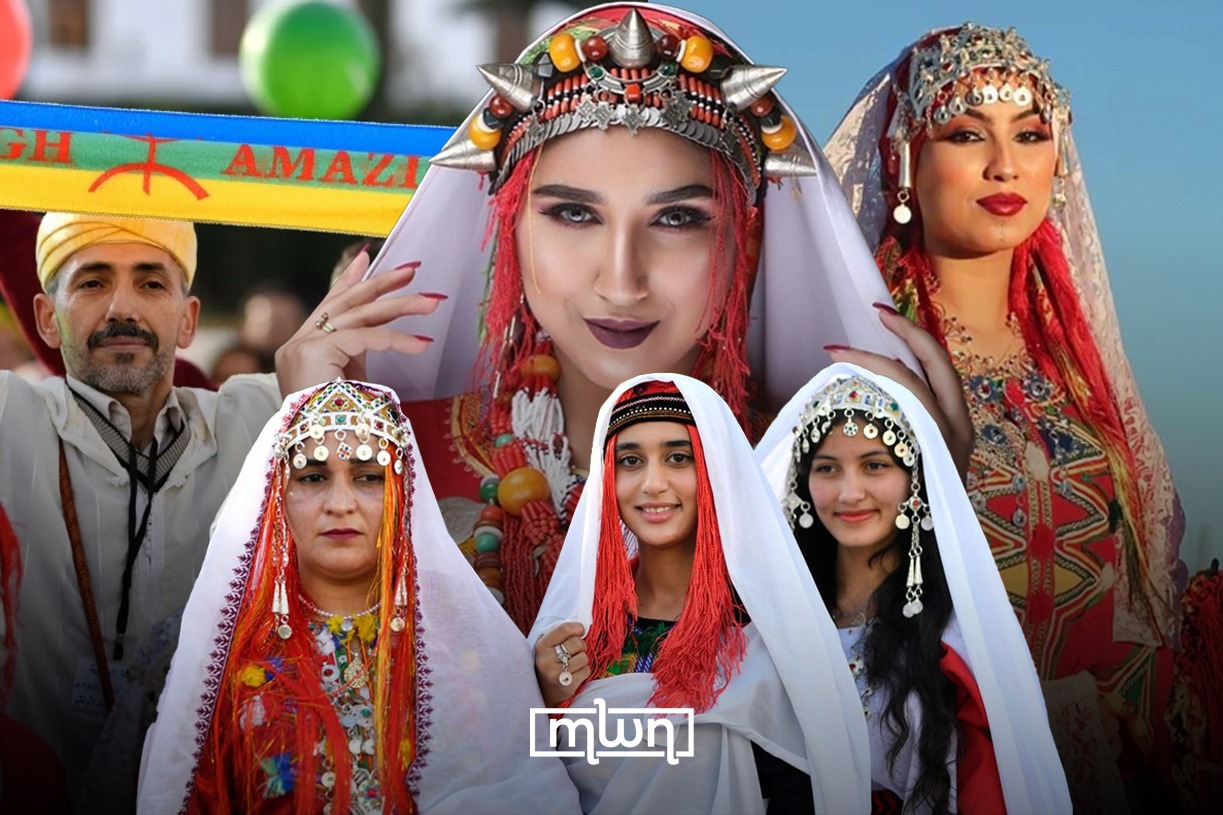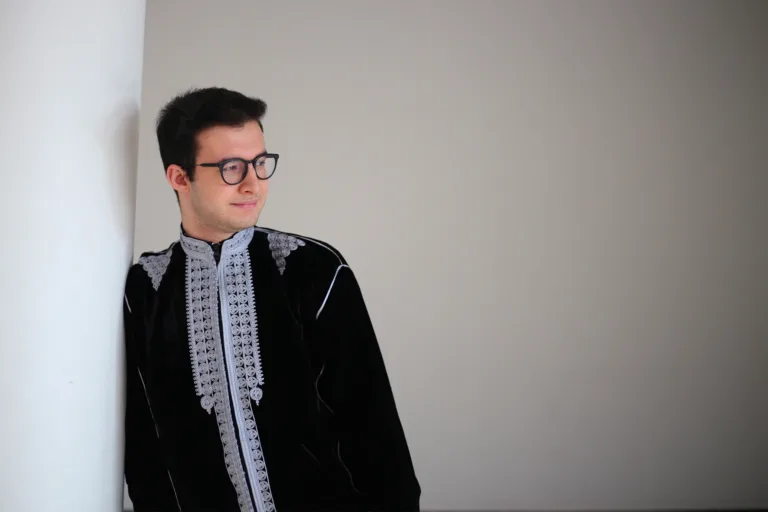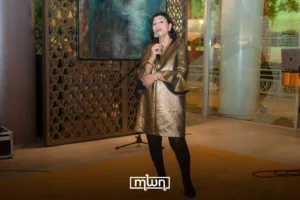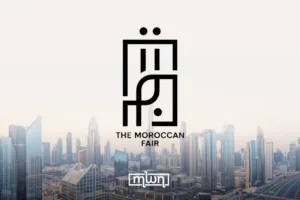The Amazigh New Year celebrated with music, food, and tradition, carries a rich history and deep cultural meaning that connects Morocco’s past to its present.
Fez – The Amazigh New Year, celebrated annually on January 14, is an occasion of great cultural significance in Morocco.
Despite its official administrative holiday being observed on January 14th, this day is traditionally celebrated in various regions across the country starting on the eve of January 13 with festivities lasting throughout the week.
This celebration represents a vital part of the cultural and historical identity of many Moroccan families and carries strong symbolic connections to the agricultural and traditional heritage of the Amazigh community.
The celebrations of January, or Yennayer, are centered around family gatherings and joyful music. Many women meticulously prepare feasts of traditional dishes in anticipation of the event.
It has also become customary to wear traditional Amazigh clothing and jewelry during the festivities.
In keeping with the values of renewal and life, Yennayer has become an occasion to mark significant life events such as weddings, circumcisions, and a child’s first haircut.
In some regions, Yennayer celebrations extend over three days. Families gather daily to enjoy festive meals: semolina porridge on the first day, couscous with seven vegetables on the second, and chicken with spices or “djejj mhamar” on the third. People exchange warm wishes for the New Year, using phrases such as “Asgwas Amgaz” or “Yennayer Ameryou” (Happy New Year).
The traditions are deeply symbolic, reflecting harmony with nature. The Amazigh have traditionally confronted challenges such as harsh cold conditions, heavy rains, and famine with deep reverence and respect for Mother Nature, although these beliefs and rituals have evolved slightly with the arrival of Judaism, Christianity, and later Islam in North Africa.
Despite the shifts and modernity, Amazigh indigenous rituals persist, especially the celebration of Yennayer.
According to legend, eating to satisfaction on Yennayer ensures a year free of hunger and poverty. Families showcase their abundance by preparing couscous with seven vegetables and seven spices.
It is even custom that each family member be required to eat a whole chicken to guarantee fullness and prosperity for the entire year.
Additionally, women would scatter leftover crumbs outside for insects and birds, symbolizing a commitment to ensure no creature goes hungry on Yennayer.
In the high Atlas Mountains near Imilchil, the spirit of Yennayer is vividly embodied in traditional weddings and festivities that embody the cultural heritage of the Amazigh people.
In Tiznit, a notable event called “Tiflouine” celebrates the land and Amazigh identity. This vibrant festivity involves processions through the old city’s streets, where locals spontaneously prepare traditional dishes, perform Ahwash dances, and showcase folk arts, creating a deeply rooted communal celebration.
In the Ameln commune near Tafraoute, local institutions and cooperatives support traditional festivities in villages, aiming to encourage women to maintain these cultural practices.
The Yennayer celebrations serve as a bridge between Morocco’s ancient traditions and its modern cultural identity.
Whether through food, music, or communal gatherings, these festivities reflect a deep respect for heritage, an appreciation for nature, and a commitment to fostering unity and harmony within Moroccan society.
Read also: Amazigh Women’s Attire: An Ode to History, Identity, and Resilience
















